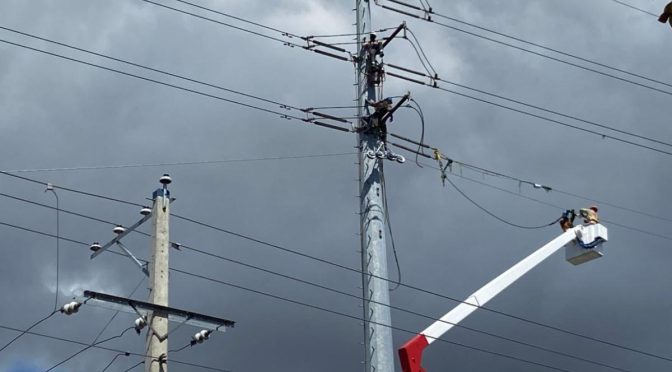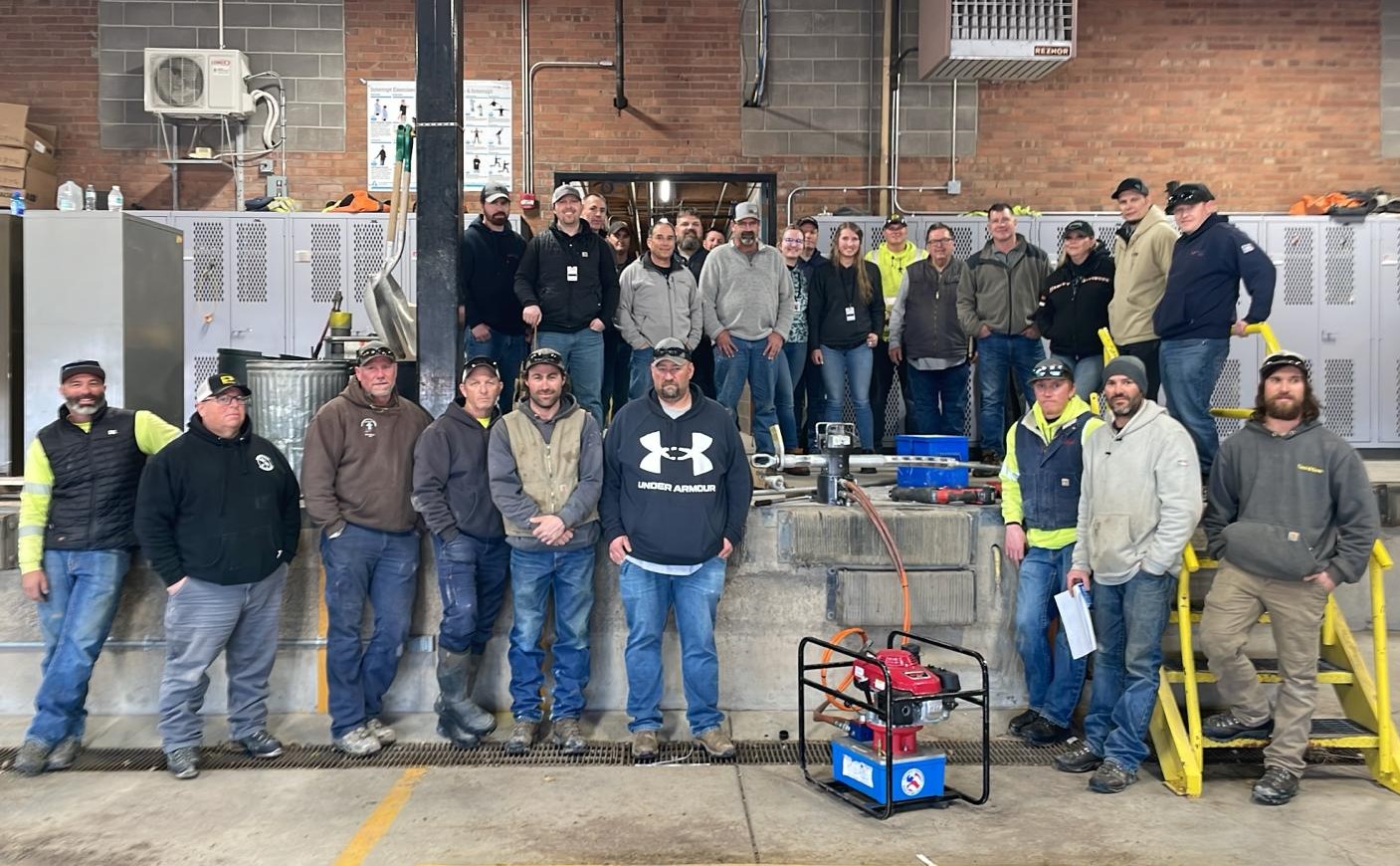Using one of five scenarios previously investigated by SCS Global Services to validate the CO2 emission reduction attributes of ACCC® Conductor, this case study considers a new 40-mile 220 kV single circuit transmission line comparing the performance of ACSR Finch against ACCC® Munich.
They are nearly identical in diameter and weight. The load requirement in this scenario is 1,200 peak amps with a load factor of 50%. The maximum ampacity of ACSR is 1,266 amps at 100°C and 2,376 amps at 200°C for ACCC. Conductor temperatures at 1,200 amps are 93°C ACSR and 75°C ACCC.
The use of ACCC® Conductor in this scenario offers:
• Reduction in line losses of 14,512 MWh/year (a 30% improvement)
• An annual savings of $725,610 at $50/MWh or $1,451,220 at $100/MWh
• Line loss reduction frees-up 1.66 MW of wasted generation capacity (~$1.6 million)
• A 30-year line loss reduction savings of $21,768,286 at $50/MWh or $43,536,572 at $10/MWh
• An annual reduction of CO2 by 7,011 metric tons (210,317 MT over 30 years)
• Ability to deliver an additional 1,176 amps – nearly twice that of the initial 1,200 amp requirement
While the ACCC® Conductor in this case would add approximately $2 million dollars to the initial project cost, the Western Electricity Coordinating Council (WECC) reports that the cost of 220 / 230 kV transmission lines in the U.S. range from $1.5 to $2.0 million dollars per mile. On a 40-mile project, the added cost of the ACCC Conductor could be considered negligible – especially as many policy makers and regulators strive to “right-size” proposed transmission lines to prepare for anticipated growth.
Assuming the $1.6 million generation capacity savings and/or CO2 reduction benefits would not be taken into consideration, the added cost of using ACCC® Conductor would hit break even in 35 months based on line loss reductions alone at $50/MWh or 17.5 months at $100/MWh.
Looking at this from another angle (and assuming the overall project cost of this 40-mile line was $60 million ($1.5 million per circuit mile)), the ACSR option at 1,266 max amps would equate to a $47,000 per amp project cost vs a $25,000 per amp project cost for the 2,376 amp ACCC alternative. While a smaller and less expensive ACCC® Conductor could reduce upfront capital costs, the benefits presented above greatly outweigh the added cost and help future-proof this section of the grid. More details about this example can be found in the SCS Global Report or by contacting [email protected]






